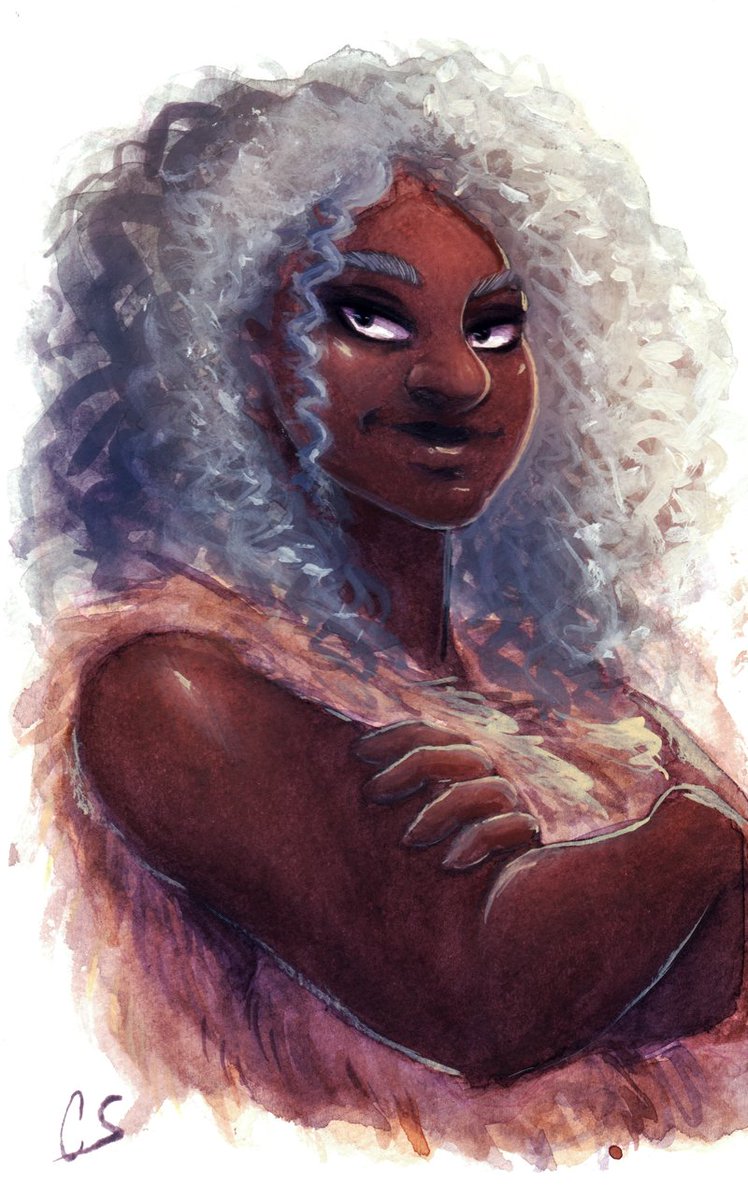

"As these ejecta escape the Earth-Moon environment and evolve into heliocentric orbits, we find that a small fraction of launch conditions yield outcomes that are compatible with Kamo'oalewa's dynamical behavior," they write. Instead, they take up orbits similar to Kamo'oalewa's orbit. The Sun's dominant mass influences everything in the Solar System.īut some – only a small number – don't enter heliocentric orbits. Most of the particles in their simulation leave the vicinity of the Earth and its Moon and transition into orbits around the Sun, which is not surprising.

There are three main types of co-orbitals: Trojan/tadpole (T), horseshoe (HS), and retrograde satellite/quasi-satellite (QS.) The two types that are important in this research are the latter two: HS and QS. Artist's illustration of Jupiter and some Trojan asteroids nearby the gas giant. These are called co-orbital objects, and the Jupiter Trojans are a group of such objects. Instead, due to orbital resonances, they can share the orbit of a massive planet. Sometimes, small bodies in the Solar System don't follow heliocentric orbits. The first author is Jose Daniel Castro-Cisneros from the Department of Physics at the University of Arizona. The study is Orbital pathways for a Lunar-Ejecta Origin of the Near-Earth Asteroid Kamo`oalewa. While Kamo'oalewa isn't the only quasi-satellite, nor the only one in the Apollo group, it's the smallest, closest, and most stable of them.Ī new study examines the object's orbit to understand if it could be ejecta from the Moon. That's an intriguing clue to its origins, but it's not the only clue. It reflects light the same way the Moon does, thanks to the presence of silicates. But as it changes, it always stays near Earth.

It's an unusual object because its orbit changes over time. Kamo'oalewa was discovered in 2016 with the Pan-STARRS at Haleakala Observatory.


 0 kommentar(er)
0 kommentar(er)
